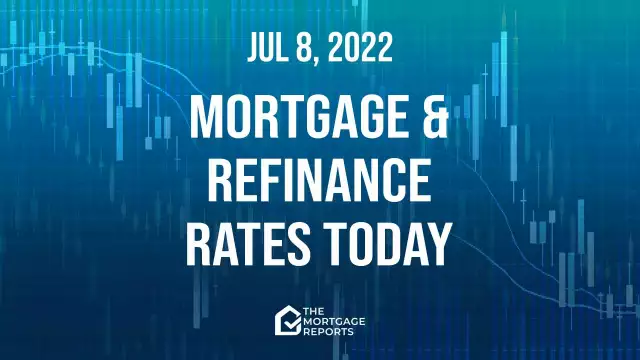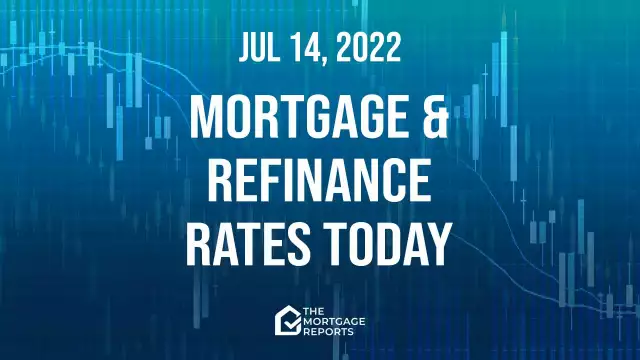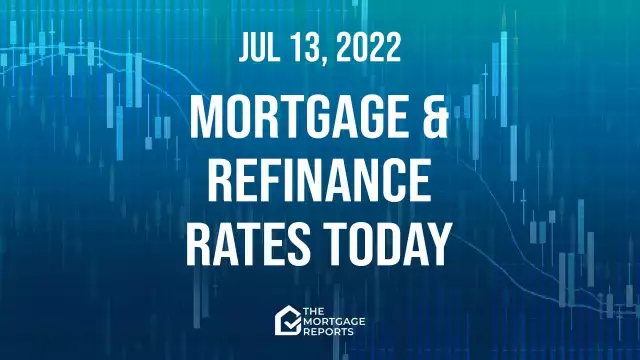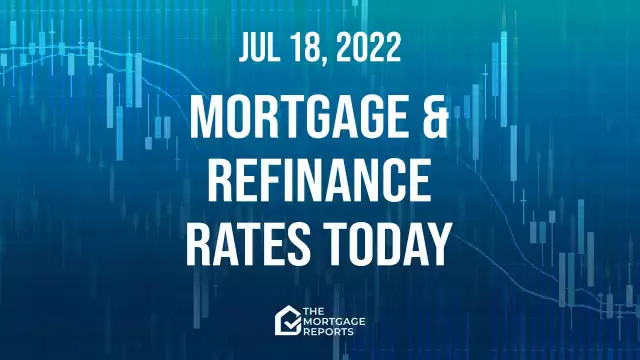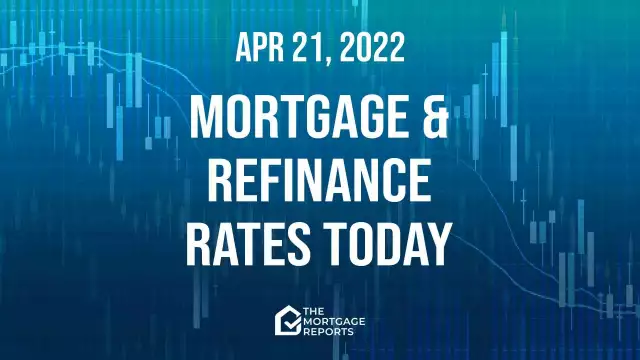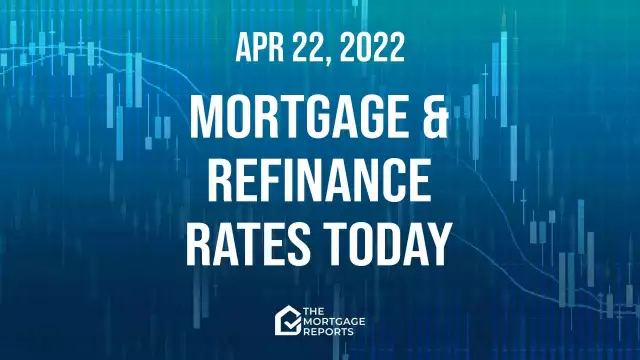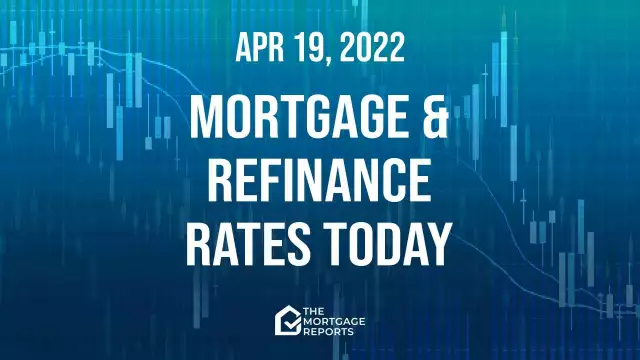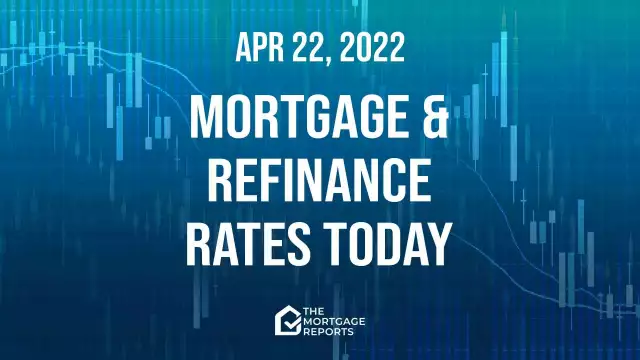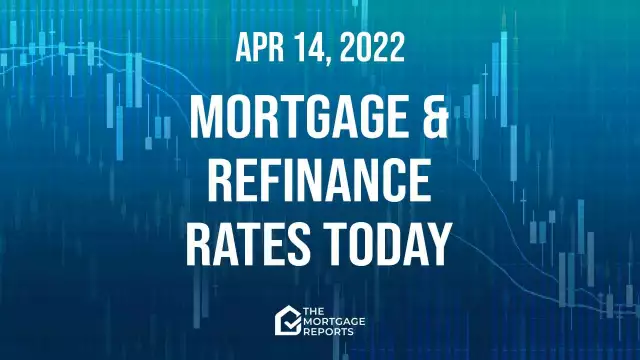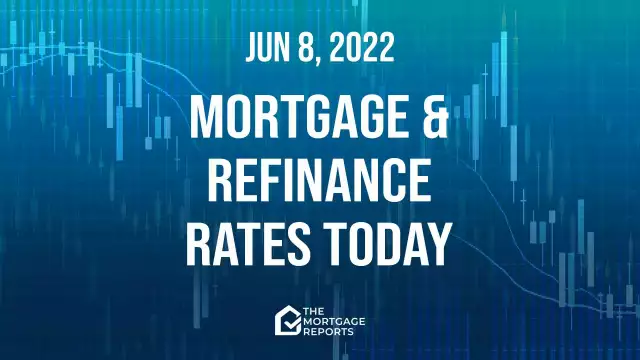Mortgage And Refinance Rates, July 8 | Rates rising today
Mortgage And Refinance Rates, July 8 | Rates rising today
Today’s mortgage and refinance rates
Average mortgage rates rose again yesterday. Of course, they remain way lower than their mid-June highs. But they’re higher than they’ve been in a week, contrary to Freddie Mac’s Thursday survey.
Mortgage rates today look likely to rise once more, perhaps sharply. This morning’s employment data for June were much better than expected. And that should normally add upward pressure to mortgage rates. However, markets remain volatile. So, that early rates trend could (but probably won’t) change later in the day.
Current mortgage and refinance rates
Should you lock a mortgage rate today?
Don't lock on a day when mortgage rates look set to fall. My recommendations (below) are intended to give longer-term suggestions about the overall direction of those rates. So, they don’t change daily to reflect fleeting sentiments in volatile markets.
Markets remain volatile and unpredictable, often generating big changes in mortgage rates. But these rises and falls generally cancel each other out — more or less — over time. But the underlying trend seems to be for gentle rises.
I still think higher overall rates are more likely than lower ones over the next few weeks. So, my personal rate lock recommendations for the longer term must remain:
>Related: 7 Tips to get the best refinance rate
Market data affecting today’s mortgage rates
Here’s a snapshot of the state of play this morning at about 9:50 a.m. (ET). The data, compared with roughly the same yesterday, were:
*A movement of less than $20 on gold prices or 40 cents on oil ones is a change of 1% or less. So we only count meaningful differences as good or bad for mortgage rates.
Caveats about markets and rates
Before the pandemic and the Federal Reserve’s interventions in the mortgage market, you could look at the above figures and make a pretty good guess about what would happen to mortgage rates that day. But that’s no longer the case. We still make daily calls. And are usually right. But our record for accuracy won’t achieve its former high levels until things settle down.
So use markets only as a rough guide. Because they have to be exceptionally strong or weak to rely on them. But, with that caveat, mortgage rates today look likely to rise, possibly significantly. However, be aware that “intraday swings” (when rates change direction during the day) are a common feature right now.
Important notes on today’s mortgage rates
Here are some things you need to know:
A lot is going on at the moment. And nobody can claim to know with certainty what will happen to mortgage rates in the coming hours, days, weeks or months.
Are mortgage and refinance rates rising or falling?
Monthly employment situation reports are always important. But this morning’s one for June was especially so. That’s because it provides insights into one of markets’ two current obsessions: The fear of a recession.
This morning’s data were way better than expected. Earlier today, The Wall Street Journal said, “U.S. nonfarm payrolls for June are expected to rise 250,000 from the prior month.” When the report was released, that figure was 372,000.
Today’s report suggests any recession could be further into the future than markets have recently been fearing. And you’d normally expect mortgage rates to rise on the news. So far this morning, that’s precisely what they’ve been doing.
Don’t believe Freddie
Yesterday’s widely reported weekly mortgage report from Freddie Mac showed mortgage rates falling compared to one week earlier. That’s garbage.
Freddie is great at tracking long-term trends. But, during volatile times, its weekly reports are worse than useless. Its data tend to be out of date by their publication day. And it insists on quoting artificially low figures by assuming everyone buys discount points.
For the record, mortgage rates were higher yesterday than they were seven days earlier.
Read the weekend edition of this daily article for more background.
Recent trends
Over much of 2020, the overall trend for mortgage rates was clearly downward. And a new, weekly all-time low was set on 16 occasions that year, according to Freddie Mac.
The most recent weekly record low occurred on Jan. 7, 2021, when it stood at 2.65% for 30-year fixed-rate mortgages.
Rates then bumbled along, moving little for the following eight or nine months. But they began rising noticeably that September. Unfortunately, they’ve been mostly shooting up since the start of 2022, although May was a kinder month.
Freddie’s Jul. 7 report puts that same weekly average for 30-year, fixed-rate mortgages at 5.3% (with 0.8 fees and points), down from the previous week’s 5.70%. However, that survey will not have taken into account the appreciable rise on Jul. 6.
Note that Freddie expects you to buy discount points (“with 0.9 fees and points”) on closing that earn you a lower rate. If you don’t do that, your rate would be closer to the ones we and others quote.
Expert mortgage rate forecasts
Looking further ahead, Fannie Mae, Freddie Mac and the Mortgage Bankers Association (MBA) each has a team of economists dedicated to monitoring and forecasting what will happen to the economy, the housing sector and mortgage rates.
And here are their current rate forecasts for the remaining three quarters of 2022 (Q2/22, Q3/22, Q4/22) and the first quarter of next year (Q1/23).
The numbers in the table below are for 30-year, fixed-rate mortgages. Fannie’s were published on Jun. 16, and the MBA’s on Jun. 10. Freddie’s were released on Apr. 18. But it now updates its figures only quarterly, so they’re already looking stale.
| Forecaster | Q2/22 | Q3/22 | Q4/22 | Q1/23 |
| Fannie Mae | 5.1% | 5.0% | 5.0% | 5.0% |
| Freddie Mac | 4.8% | 4.8% | 5.0% | 5.0% |
| MBA | 5.1% | 5.1% | 5.0% | 5.0% |
Of course, given so many unknowables, the whole current crop of forecasts might be even more speculative than usual. Recent events certainly make them look that way.
Find your lowest rate today
You should comparison shop widely, no matter what sort of mortgage you want. As federal regulator the Consumer Financial Protection Bureau says:
“Shopping around for your mortgage has the potential to lead to real savings. It may not sound like much, but saving even a quarter of a point in interest on your mortgage saves you thousands of dollars over the life of your loan.”
Mortgage rate methodology
The Mortgage Reports receives rates based on selected criteria from multiple lending partners each day. We arrive at an average rate and APR for each loan type to display in our chart. Because we average an array of rates, it gives you a better idea of what you might find in the marketplace. Furthermore, we average rates for the same loan types. For example, FHA fixed with FHA fixed. The end result is a good snapshot of daily rates and how they change over time.
